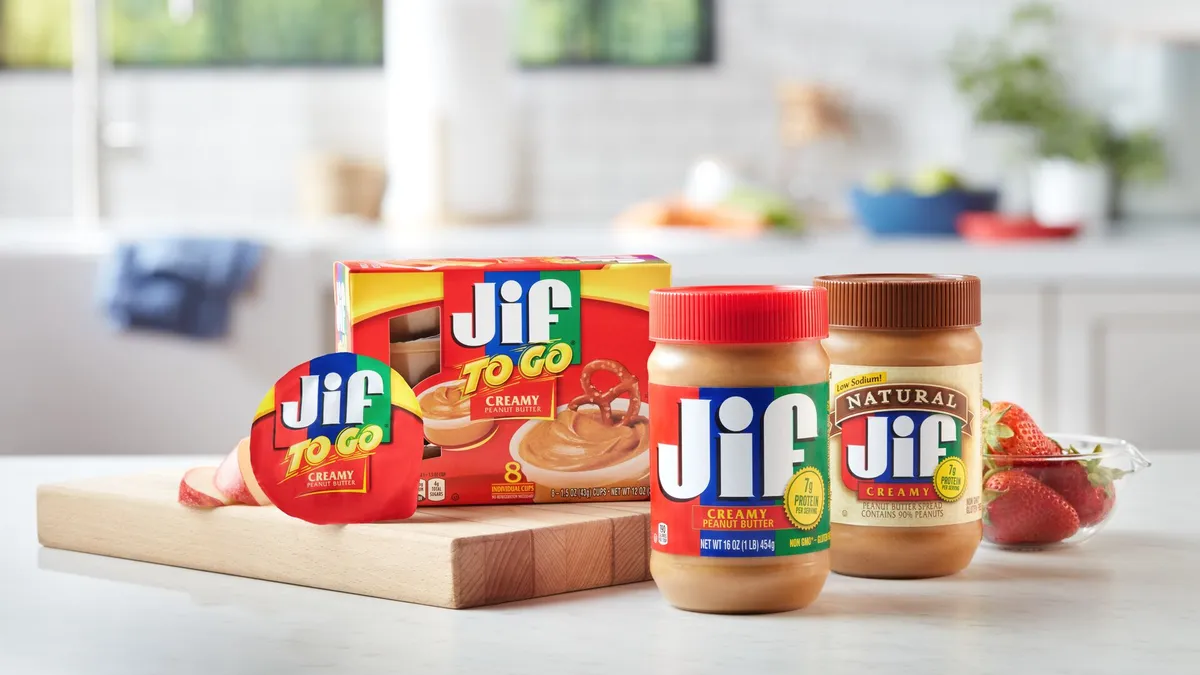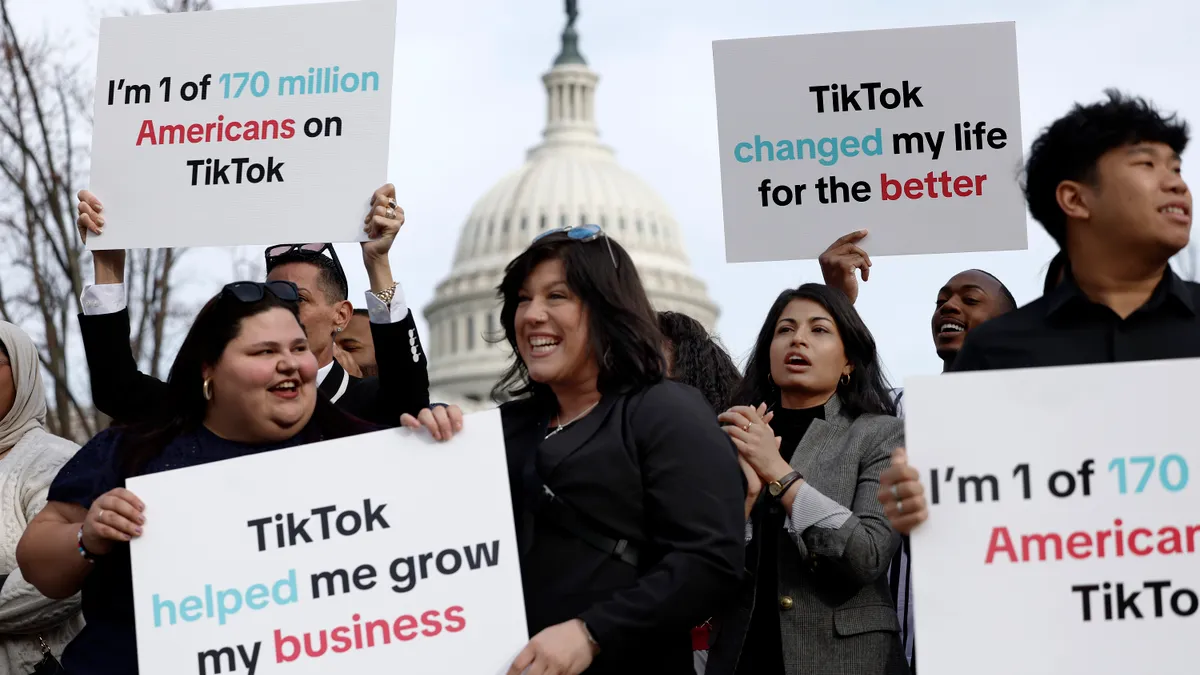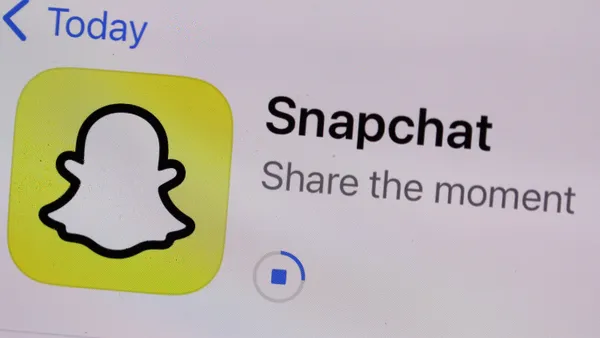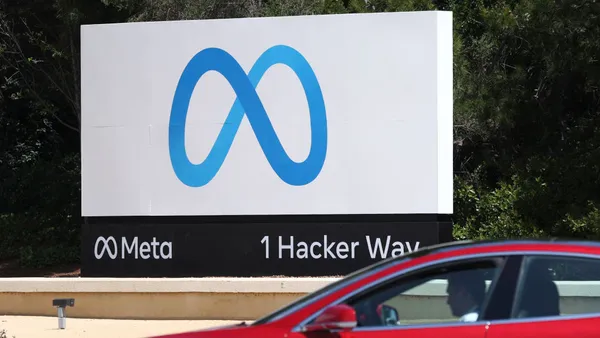Dive Brief:
- The Global Alliance for Responsible Media (GARM), an industry group that includes Procter & Gamble, Unilever, PepsiCo and dozens of other marketers and media agencies, partnered with the World Economic Forum to better combat harmful online content, according to a press release. The news was also announced at the World Economic Forum's annual gathering in Davos, Switzerland, this week.
- GARM, formed in June 2019 as a joint initiative between the Association of National Advertisers and World Federation of Advertisers, plans to create a shared methodology for determining what content is harmful, including through 11 content categories that touch across explicit content, terrorist propaganda, spam and depictions of illegal drug use. The group will also develop technical standards that prevent ads from appearing near that content and a system to measure the effectiveness of their efforts.
- Facebook, Instagram and YouTube have made efforts to stop the flow of objectionable content, removing an estimated 620 million pieces of harmful content between July and September 2019, per data cited by GARM. However, about 9.2 million items slipped through in that period, possibly damaging the reputation of brands whose ads appeared nearby. Facebook, Twitter and Google, which owns YouTube, are participating in GARM's efforts to stamp out harmful content.
Dive Insight:
GARM's plan to implement an industry-wide methodology for improving online brand safety is ambitious, but reflects marketers' growing frustration with digital and social media platforms that are struggling to create scalable, consistent solutions for sussing out harmful content and ensuring ads don't run around it.
"Digital media has fundamentally reshaped the way we connect with the world, and yet harmful and hateful online content has the power to tear us apart," Jane Wakely, lead CMO for Mars Inc., said in statement. "By driving collective action across the industry and developing safeguards to ensure advertising budgets aren't fueling harmful content, we're striving to create safer online communities to protect consumers."
If its members work together, GARM could hold some considerable sway. The group's advertisers command a combined $97 billion in annual media spending, according to the announcement, and feature blue-chip marketers across a number of categories like Adidas, General Mills and Microsoft.
Even with the backing of some of the most recognized marketers and media agencies — representatives from Dentsu, WPP, IPG, Publicis and Omnicom have also signed on — GARM's goals might not be realized in the near future given the scope of the problem being addressed.
“It's time to create a responsible media supply chain that is built for the year 2030 — one that operates in a way that is safe, efficient, transparent, accountable, and properly moderated for everyone involved, especially for the consumers we serve," Marc Pritchard, chief brand officer at P&G, said in a statement.
Like others in the industry, P&G has retooled its vision for digital media around similar initiatives in recent years, but the push for a more collaborative approach suggests that harmful content is not a problem that one organization can solve alone.
In 2016, P&G began demanding greater transparency from digital media platforms that placed ads next to objectionable content, inadvertently funding its production and distribution. In response, P&G suspended advertising on YouTube for over a year, and now only advertises on select channels on the video-sharing site.
Brands tend to suffer when their ads appear next to offensive content. Almost half (49%) of social media users changed their opinion of a brand whose ads were displayed next to inappropriate content, according to an AdColony study. Negative consumer perceptions have worried brands, with 45% of advertisers saying that social media platforms are doing a bad job on brand safety, a separate survey from 2018 found.
But gauging what is brand safe or "harmful" can be challenging, and some brand safety frameworks and solutions can exclude certain materials without considering their context. Some advertisers, including Unilever, are now shifting to focus on "brand suitability" that is centered around platforms and publishers that are a good fit for their business versus employing tactics like a broad block list, according to a report in Digiday.














